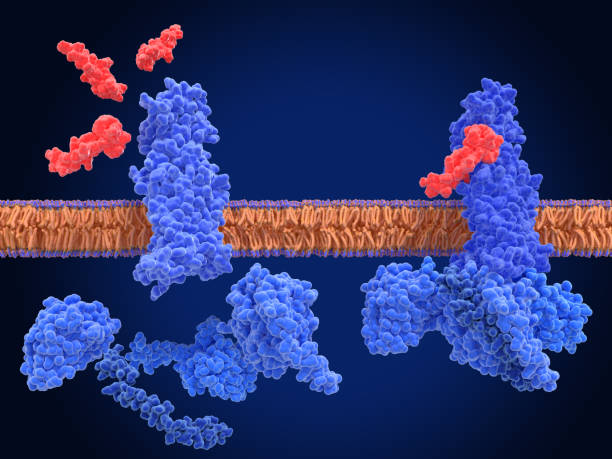If you or someone you know has type 2 diabetes, you might have heard about GLP-1 agonists. But what exactly are they and how do they help?
GLP-1 stands for glucagon-like peptide-1, it’s a naturally occurring hormone that is released from your intestine cells, especially when you eat. This hormone plays an important role in managing your blood sugar levels by helping your body release insulin at the right times.
For people with type 2 diabetes, sometimes their bodies don’t respond well to GLP-1 and as a result, insulin isn’t released properly and blood sugar levels can rise too high.
This is where GLP-1 receptor agonists come in the picture. These are medications designed to mimic the action of your body’s natural GLP-1 hormone.

How Do GLP-1 Receptor Agonists Work?
There are several effects of GLP-1 Receptor Agonists such as:
They Boost Insulin Production
One of the main jobs of GLP-1 agonists is to help your pancreas produce more insulin when your blood sugar levels rise after eating so that the right amount of insulin is available to manage the sugars from your meal.
They Control Liver Sugar Production
GLP-1 agonists also keep a check on your liver. Normally, your liver can make too much sugar and these medications put a brake on that process.
They Slow Down Digestion
GLP-1 agonists slow down how quickly your stomach empties after a meal. This means the sugars from your food are absorbed more slowly so your body will have more time to manage them effectively.
They Lower Your Appetite
Some GLP-1 agonists can also curb your appetite which can be helpful for managing weight.
GLP-1 Receptor Agonist Benefits for People with Type 2 Diabetes
For those managing type 2 diabetes, GLP-1 medications offer a multi-faceted approach to controlling blood sugar levels. By mimicking the actions of the natural GLP-1 hormone, they support your body in producing insulin when needed and prevent your liver from overproducing sugar.

How to Take GLP-1 Agonist Medicines
If you’re managing type 2 diabetes, your doctor might have talked to you about GLP-1 agonist medicines. These medications can be taken either as injections or tablets, and they play a key role in helping control your blood sugar levels.
GLP-1 Injections
If your doctor prescribes the injection form, they’ll guide you on where and how to inject it. You can inject it under the skin in the front of your thighs, your abdomen (tummy), or your upper arms.
GLP-1 Oral Tablets
For those taking the tablet form, you’ll usually take it once a day in the morning on an empty stomach. After swallowing the tablet with a small amount of water (about half a glass), wait at least 30 minutes before eating, drinking, or taking other medications.
What are the Possible Side Effects of GLP-1 Agonist Medicines?
Like any medication, GLP-1 agonists can have side effects, although not everyone experiences them. Common side effects may include nausea, diarrhea, stomach pains, constipation, reduced appetite, headaches, and skin reactions if you’re using injections.
It’s important to pay attention to any severe symptoms like persistent stomach pain accompanied by vomiting, which could indicate an inflammation of the pancreas.
GLP-1 Monitoring and Treatment Goals
When starting GLP-1 agonist medicines, your doctor will monitor your progress closely. They’ll check your glycated hemoglobin (HbA1c) levels to see how well your blood sugar has been controlled over the past few months. They’ll also monitor your weight and kidney function through regular blood tests.
Who Should Consider GLP-1 Agonists?
These medications are often prescribed when other oral medications haven’t adequately controlled blood sugar levels. They can also help with weight loss, especially for people with type 2 diabetes.
Your doctor may consider GLP-1 agonists if:
- You need additional help to control blood sugar levels effectively.
- You have difficulty managing your weight.
- There’s a need to minimize the risk of low blood sugar episodes (hypoglycemia).
- You have a history or high risk of cardiovascular issues like heart attacks or strokes.
Managing type 2 diabetes is a journey that involves teamwork between you and your healthcare providers. If you’re considering or are already taking GLP-1 receptor agonists, make sure to discuss any questions or concerns with your doctor. They can provide guidance tailored to your specific needs and help you achieve better diabetes control and overall health.